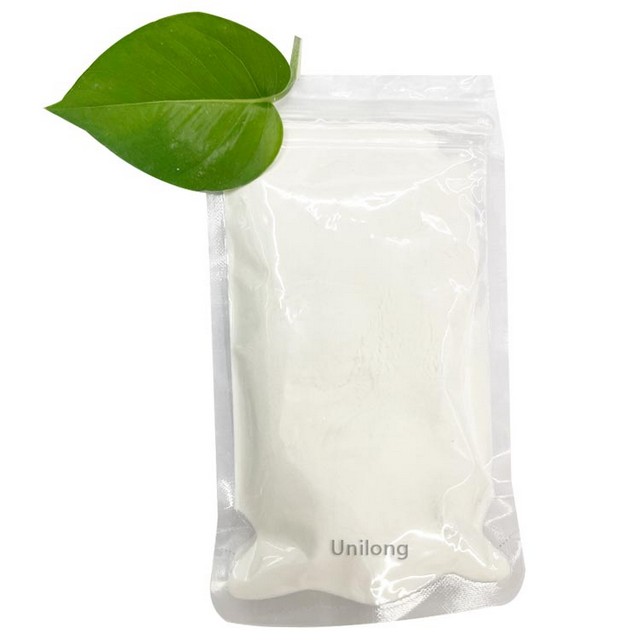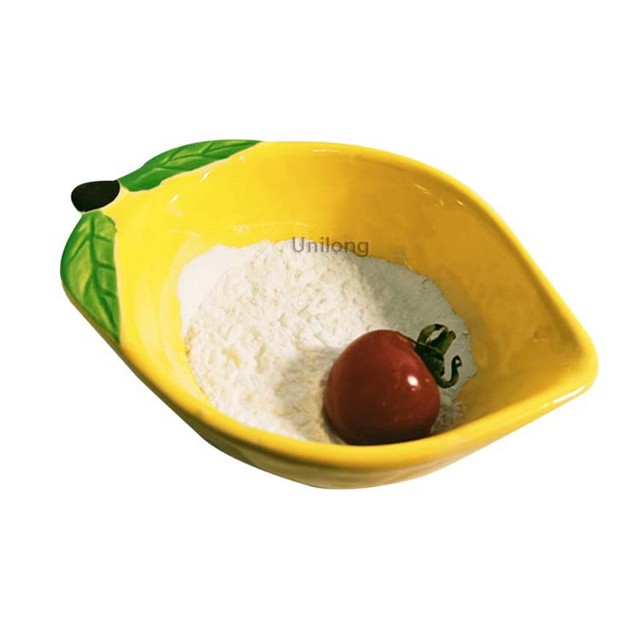1.Coatings and paints
Solvent function: As an excellent solvent, it has a moderate evaporation rate and good solubility. It can effectively dissolve a variety of resins, pigments and additives, so that the coating has good fluidity and coating performance, ensuring that the coating is evenly applied during the construction process to form a smooth and smooth paint film.
Film-forming aid: During the drying and film-forming process of the coating, it can interact with the resin to promote the formation and curing of the paint film, improve the quality and durability of the paint film, and make the paint film have better gloss, hardness and water resistance.
2.Ink industry
Dissolution and dilution: It can quickly dissolve the resin, pigment and other components in the ink, so that the ink has good fluidity and printing adaptability, ensuring that the ink is smoothly transferred to the printing material during the printing process, and achieving clear and accurate printing effects.
Drying adjustment: The drying speed of the ink can be adjusted to avoid the ink drying too fast during the printing process, causing clogging of the printing equipment, or drying too slowly to affect the printing efficiency and quality, ensuring the smooth progress of the printing operation.
3.Electronics Industry
Cleaning agent: It has good cleaning ability for pollutants such as oil and dust on the surface of electronic components, can effectively remove impurities, and has a fast volatilization speed. There is no residue after cleaning, which will not damage electronic components, ensuring the cleanliness and performance of electronic components.
Photoresist solvent: In the photolithography process, as a solvent for photoresist, it can make the photoresist evenly coated on substrates such as silicon wafers, and can evaporate quickly during the photolithography process without affecting the photoresist’s photolithography performance and pattern resolution.
4.Cosmetics and personal care products
Solvents and diluents: It can dissolve ingredients such as fragrances, oils, waxes, etc., so that cosmetics have good texture and feel. At the same time, it can also be used as a diluent to adjust the consistency and fluidity of cosmetics to meet the formulation requirements of different products.
Moisturizer: It has a certain hygroscopicity, can absorb moisture in the air, and form a moisturizing film on the skin surface to prevent skin moisture loss and keep the skin moist and smooth.











![sodium 2-[2-[2-(tridecyloxy)ethoxy]ethoxy]ethyl sulphate with CAS 25446-78-0 12 sodium 2-[2-[2-(tridecyloxy)ethoxy]ethoxy]ethyl sulphate-factory](https://unilongindustry.com/wp-content/uploads/2022/04/sodium-2-2-2-tridecyloxyethoxyethoxyethyl-sulphate-factory.jpg)


